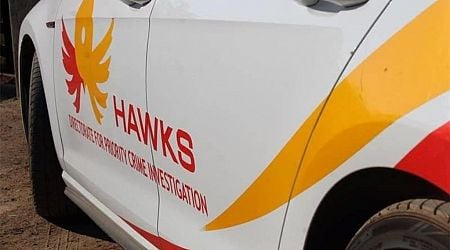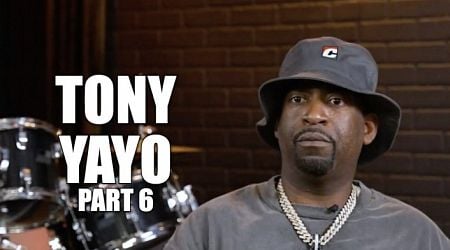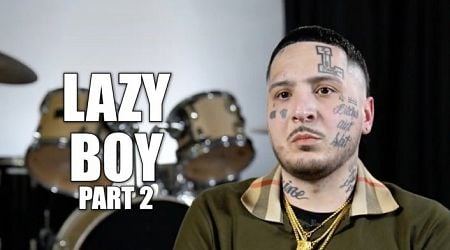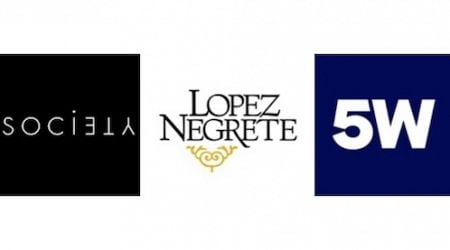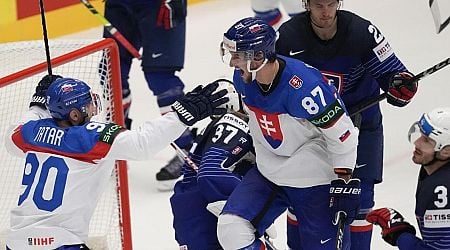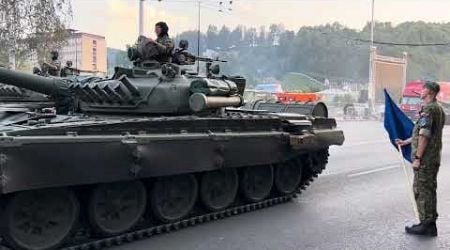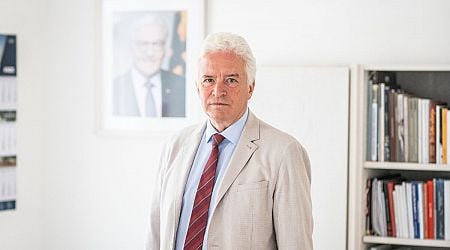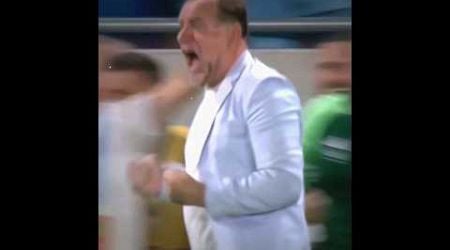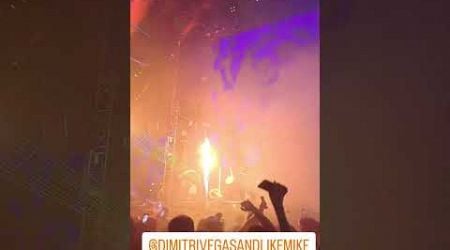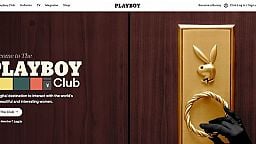How a Facebook group exploded into a Slovak-American cultural phenomenon
Michael Meehan started online community to help people reconnect with their ancestral heritage.
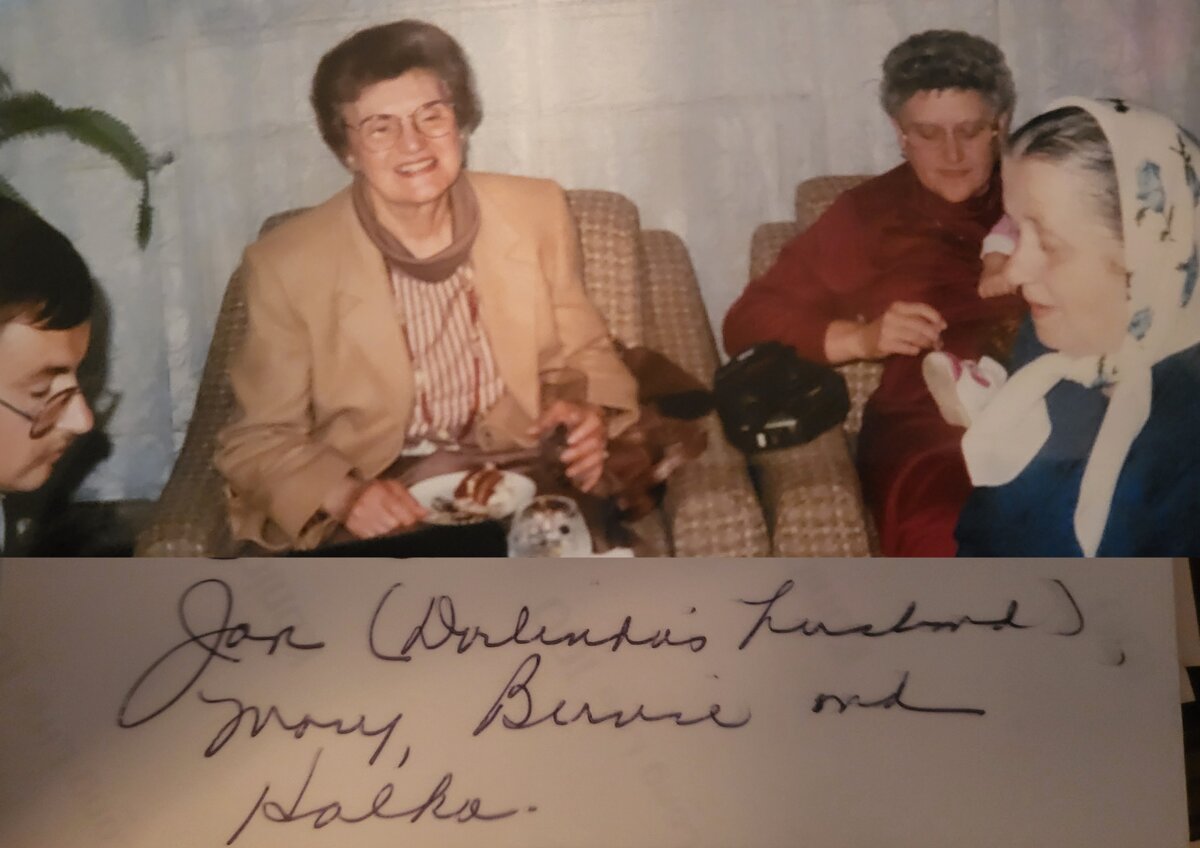
You can read this exclusive content thanks to the FALATH & PARTNERS law firm, which assists American people with Slovak roots in obtaining Slovak citizenship and reconnecting them with the land of their ancestors.
This article was compiled from following sources: The Dejiny Podcast, Musil, M: Štefan Osuský – priekopník Spoločnosti národov a zjednotenej Európy.
Having spent much of his childhood in a town where ethnicity played a central role in community life, when Michael John Meehan moved from western Pennsylvania to Philadelphia he found himself missing the Slovak traditions that had permeated his upbringing.
So he decided to found a small Facebook group dedicated to Slovak ancestry, hoping to share memories and traditions with a few like-minded people. His expectations were not great – he doubted he would get much response. Instead, the tiny online gathering he anticipated gradually grew into a vibrant community of nearly 23,000 members.
“I really just started it on a whim,” Meehan, 48, tells The Slovak Spectator. “At first, it was maybe 15 of us, and we’d share stories and memories about our families and traditions, like Christmas Eve dinners or Easter baskets. But then it just kept growing. Now, we’ve got people from all over, even some of my own relatives who I didn’t know were on Facebook.”
The group, which Meehan founded in the early 2010s, taps into a broader trend among Americans seeking to reconnect with their ancestral heritage. In Meehan’s case, his Slovak ancestry had deep roots in Western Pennsylvania, a region that saw waves of immigrants arrive from Eastern Europe in the early 20th century. But when he moved to Philadelphia, where he works as a speech-language pathologist at a local hospital, he found the Slovak community much smaller and less visible.
“There’s a lot of Polish and Ukrainian culture here, but not so many Slovaks,” he explains.
Meehan grew up near Erie, north of Pittsburgh, but his mother’s family lived in the town of Mount Pleasant, where they ran a farm. As a result, Meehan’s family frequently visited the farm. Located outside Pittsburgh, the town was once a patchwork of ethnic enclaves, each group carving out its own space.
“Mount Pleasant had four Catholic churches,” Meehan recalls with a laugh. “There was the Irish church, the Italian church, the Polish church, and the Slovak church. My mum’s family went all the way across town to the Slovak church even though they lived right next to the Polish one.”
At the Church of the Visitation of the Blessed Virgin Mary, where hymns are now sung in English, the Slovak inscriptions etched into the stained-glass remain untouched, quietly preserving the immigrant legacy of its founders - miners and farmers from the territory of what is today Slovakia. Meehan’s sister, who still lives in Mount Pleasant, along with most of Meehan’s family, continues to attend the church.
“There are still people in that town who can speak Slovak,” he adds. “The traditions haven’t completely faded.”
 (Source: Archive of M. M.)
(Source: Archive of M. M.) Some of the names mentioned in the 1992 photo, possibly taken in Spišské Podhradie: Hancha, Milan, Tomaz, Hanichka and Milan.
Some of the names mentioned in the 1992 photo, possibly taken in Spišské Podhradie: Hancha, Milan, Tomaz, Hanichka and Milan.Grandparents’ farm
All four of Meehan’s great-grandparents on his mother’s side - Mary Elizabeth Centko, John Jablunovsky, Michael John Polanovsky, and Maria Laclav (all the names are Americanised, ed.) - were born in Slovakia, in what was then the Austro-Hungarian Empire. They journeyed to America from the eastern Slovak villages of Markušovce, Bertotovce, Poľanovce and Hrušov. While his grandparents and mother, Catherine Polanovsky Meehan, spoke Slovak fluently, the language was not passed down to Meehan and his siblings – he has two sisters and one brother - even though he fondly recalls summers on his grandparents’ farm where Slovak was spoken all the time. He also remembers his mother sharing stories of her own upbringing, during which her Slovak-speaking grandparents would converse with her in their native tongue, and she, as a second-generation American, responded in English and Slovak.
“My siblings and I grew up speaking only English, and we learned our heritage through traditions rather than words,” Meehan, who is half-Irish, says.
Reflecting briefly on his Irish heritage, he recalls how his Slovak-speaking grandfather’s stern disapproval of his mother’s marriage to an American of Irish ancestry in 1960 became a recurring story in their family lore.
“It was a big issue because he wasn’t Slovak,” Meehan notes.
In Erie, unlike on the farm, Meehan’s mother seldom spoke Slovak. Opportunities were rare—except for the occasional conversation with an elderly Slovak woman who lived next door.
“I wish I had learned the language,” he reflects wistfully.
Although he does not speak Slovak, he is determined in his desire to preserve the heritage and traditions of his mother’s family and to not let them fade as they have on his father’s side.
 Church in Poľanovce, eastern Slovakia. (Source: Archive of M. M.)
Church in Poľanovce, eastern Slovakia. (Source: Archive of M. M.) The back of the photograph. (Source: Archive of M. M.)
The back of the photograph. (Source: Archive of M. M.)Mushroom soup
Spending holidays on the family farm and in the Slovak church, Meehan was steeped in the rituals of his Slovak heritage—grand Christmas feasts and the blessing of hundreds of baskets by a priest at Easter.
“I was drawn to it for a while,” he reflects. “Then, I drifted away. But eventually, I realised I didn’t want it to die out altogether.”
The legacy of these traditions remains intact in Meehan’s hands, quite literally: cherished recipes, carefully transcribed by his grandmother from her own, form an unbroken link to his ancestry. Though Slovak wasn’t spoken in his childhood home in Erie, the spirit of the culture was alive in every meal his mother cooked.
“As you can see, I’m not exactly slim,” Meehan quips with a smile. “She cooked Slovak food all the time.”
Though he does not speak the language, he still easily recalls certain Slovak words he vividly remembers his mother, a nurse by profession, peppering their conversations with. “‘Give me the ucírka (dishcloth/tea towel),’ she’d say,” Meehan remembers. “And somehow, I always knew what she meant.”
Today, Meehan continues the tradition of his family’s Slovak heritage by turning to his family’s cookbook. For Christmas Eve, when his sisters gather, he always prepares the mushroom soup, a meal so familiar to him that he no longer needs the recipe. He also makes halušky, though he admits to some level of cheating in this case—unlike his mother, who made it without shortcuts.
“She would grind the potatoes herself, and in Western Pennsylvania, you could find sheep cheese (brynzda) at local markets,” he remembers.
His mother also taught him how to prepare hrudka, the Slovak egg cheese, each Easter.
This culinary connection is just one facet of his heritage he has carefully preserved; he also still has a book of Slovak fairy tales packed away in a box in the attic.
 (Source: Archive of M. M.)
(Source: Archive of M. M.) Yuri and Maria in their home in (Banské?) in September 1992. (Source: Archive of M. M.)
Yuri and Maria in their home in (Banské?) in September 1992. (Source: Archive of M. M.)Tracing their family in Slovakia
As we speak on Zoom, Meehan, named after one of his great-grandfathers, also recounts how his great-aunts Bernadette Jablunovsky and Mary Jablunovsky Turify and his great-uncle Phillip Jablunovsky, travelled to Slovakia—then still part of Czechoslovakia—in 1992, seeking their Slovak relatives.
While they found them, neither Meehan nor his mother have any information on them.
“I have some photos from that trip,” Meehan says, showing the pictures to the camera. In one of the photos, a couple proudly displays the mushrooms they have picked. “They show a town and people in Slovakia, but unfortunately, there are no full names on the back, so I don’t know who they are.”
Though Meehan is aware that some relatives remain in eastern Slovakia, he is uncertain whether his great-aunts left any information about them within the family. What he does know is that his great-aunts once brought a cousin from Slovakia to live with them in the United States, a visit that included attending Meehan’s brother’s wedding.
“One [relative] played the organ at the local church in Slovakia,” Meehan recalls, “I remember hearing that story.”
Meehan and his siblings have yet to set foot in Slovakia, though their desire to visit runs deep.
“We’ll take that journey one day and see the place our great-grandparents once called home.” But, as Meehan admits, life has a way of postponing such plans. “Somehow, we never quite get there. But one of these days—one of these days, we will.”
 Another of Meehan's photos taken in Slovakia in 1992. (Source: Archive of M. M.)
Another of Meehan's photos taken in Slovakia in 1992. (Source: Archive of M. M.) (Source: Archive of M. M.)
(Source: Archive of M. M.)Repository of stories
For Meehan, his thriving Facebook group dedicated to Slovak traditions and culture serves as a vital link to a heritage he is eager to explore. Through the posts of other members, Meehan has discovered new things, such as the Easter Monday tradition of women being doused with water and the fact that hrudka can also be known as syrek.
“Even though Slovakia is a small country, I’m learning that its regions each have their own distinct customs, foods, and sights,” Meehan observes.
The group is a repository of shared stories, vintage photographs, and ancestral names, allowing members to delve deeper into their family histories. The diverse membership includes both Americans who speak some Slovak and native Slovaks, fostering a cross-cultural exchange where queries about Slovakia are readily addressed.
While many members of the Facebook group might have pursued Slovak citizenship by now, drawn by the benefits of an EU passport or a deeper connection to their heritage, Meehan has not considered applying for Slovak or Irish citizenship. He remains content with his cultural exploration through the group rather than seeking formal nationality.
“If I had Slovak citizenship, it would place me in a role that doesn’t quite fit,” he says. “I’m of Slovak heritage, but I’m not Slovak. I don’t live there.”
Meehan acknowledges that pursuing Slovak citizenship would make sense if he were fluent in Slovak, spent time living in Slovakia, and engaged with daily life there. But, he says, he finds his connection to Slovakia sufficiently strong through social media and the internet. “It’s amazing,” he says. “Who would have imagined I’d be having a conversation with someone in Bratislava on a Thursday night here? It’s truly amazing to me.”
Spectacular Slovakia travel guides
 National Stud Farm in Topoľčianky (Source: Amanda Rivkin)
National Stud Farm in Topoľčianky (Source: Amanda Rivkin)- A helping hand in the heart of Europe thanks to the Slovakia travel guide with more than 1,000 photos and hundred of tourist spots.
- Our detailed travel guide to the Tatras introduces you to the whole region around the Tatra mountains, including attractions on the Polish side.
- Lost in Bratislava? Impossible with our City Guide!
- See some selected travel articles, podcasts, traveller's needs as well as other guides dedicated to Nitra, Trenčín Region, Trnava Region and Žilina Region.



















